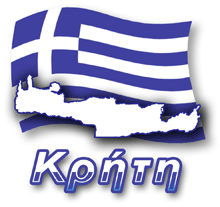
Carob is otherwise the carob tree (Ceratonia siliqua L.) or carob tree found among others in the countries of the Mediterranean Basin, India, the Middle East or Australia. This evergreen and heat-resistant tree grows both wild and cultivated. Before sugarcane reeds and beets were disseminated, carob fruit was the main source of sugar due to its nearly 50% sugar content. Karob grows without additional irrigation and pesticides, tolerates high salt content, so it can often be found near the coast.
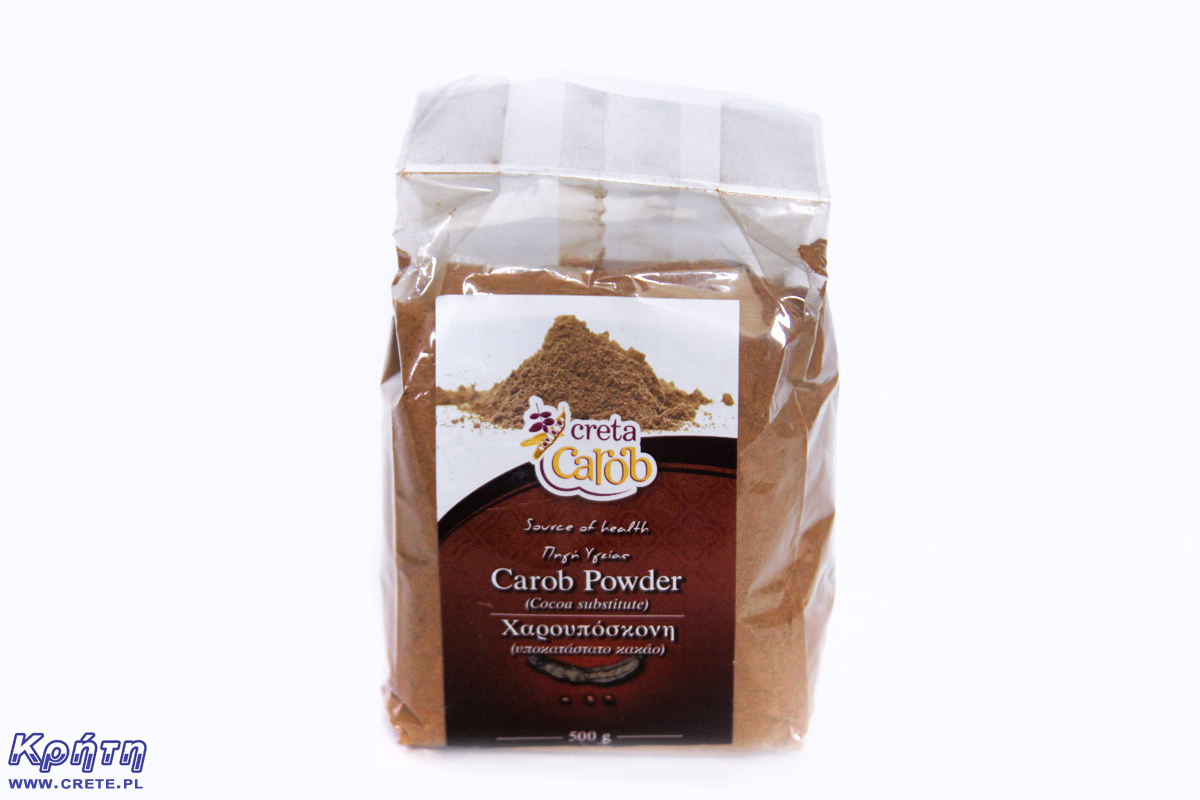
The fruits are thick pods called carob beans up to 25 cm long, containing sweet flesh and about 15 hard seeds. In the past, these seeds were used by pharmacists and jewelers as weights due to their constant weight of 0.2 g, equivalent to one carat. The taste of these fruits resembles sweet cocoa, which is why it is considered to be a healthier substitute. Low fat content, lack of caffeine and allergenic factors make carob become a newly discovered healthy product. He fell into oblivion for many years, and yet he has been known since ancient times. There is evidence that the Egyptians and Romans were already eating it. In the Egyptian tombs, both seeds and whole pods were found.
In recent years, the Cretans have rediscovered the carob and from then on its sales have been steadily increasing. There is also a growing list of products in which carob is used. It can be found in pasta, chocolate, liqueurs, halva, sauces, dakos, soups, ice cream, as well as in cheese. However, this list does not exhaust its applications.
It is a good source of protein, vitamins and minerals with no gluten. Pods can be consumed both raw and after processing. Ground and dried pulp is used in the preparation of beverages, it is used in baking and confectionery. The flour is made from flour, commonly referred to as Locust bean gum or carob bean which is a thickening substance. This meal lowers blood sugar, cholesterol and weight. It has been approved by the European Union without any reservations, so it can also be found in bioproducts. The list of ingredients appears under the symbol E410.
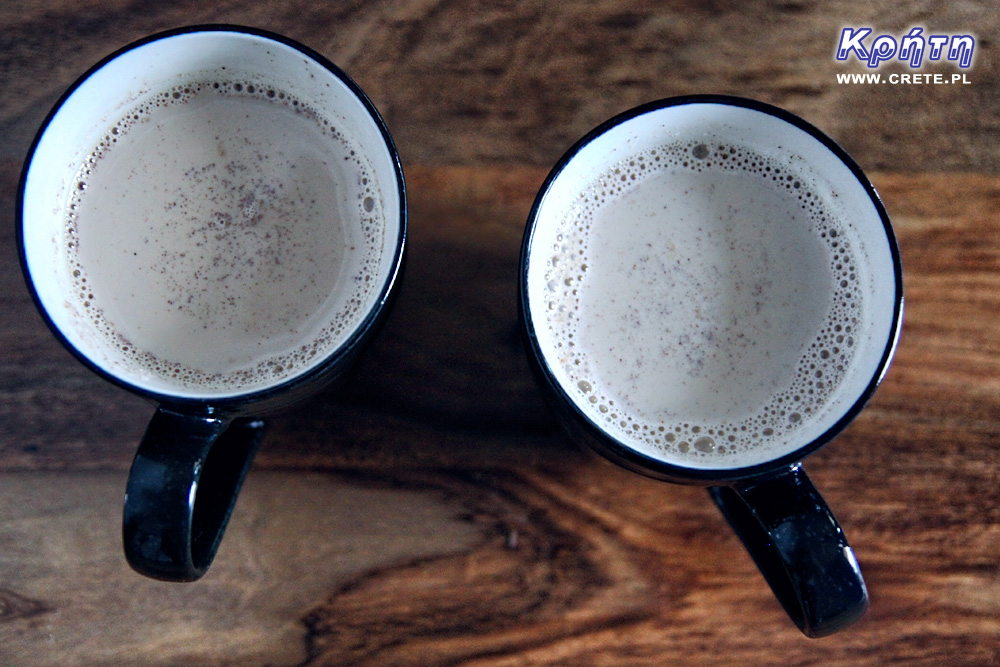
Karob is a much healthier replacement for cocoa
Creta Karob is a Cretan company founded in 2006, since 2011 it has been involved in the production of various biological products from locust bean flour. The company's headquarters is located in the small village of Argyroupoli. Creta Karob tries to combine ancient ways with new technologies in the production process. Their products fully comply with the European Union regulations have received bioclassifications in Greece and the EU.
In Crete, carob trees grow in difficult dry conditions, which means that their natural environment is free of fungi and pests. Thanks to this, there is no need for chemical spraying. Although karob is not too demanding, it is only 15 years after planting that it begins fruiting. Adult plants reach a height of up to 15 meters and each of them can provide about one ton of grain during one harvest. Carob pods are harvested in mid-September.
If you are interested in carob and products containing it, then on the occasion of the next visit to Crete, we recommend you visit an ordinary grocery store. You will find it there more often than in typical tourist shops.
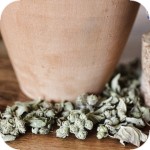
In every Greek kitchen you will find large jars with dried oregano and mountain oregano. It is sometimes called spice, but oregano is an herb that is an important ingredient in the Greek diet. Greeks add them to almost everything: salads, feta, meat, fish, potatoes and legumes.
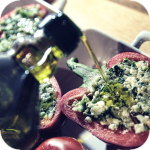
Coming back from a holiday in Crete, we bring with us a tan, many pictures and a bag of beautiful memories connected with visiting this charming corner of Greece. However, holidays in Crete are not only breathtaking landscapes, sun or monuments, but also a feast for the palate. Greeks know how to appreciate the multitude of fresh vegetables and fruits, which is why even the simplest dish tastes great there. Greek cuisine shows that very little food would have to be made from simple ingredients. It is also worth remembering that in many scientific studies the local diet has been recognized as one of the healthiest and most sustainable in the world. Greek cuisine can make eating vegetables a pleasure. One thing is for sure, our taste buds were probably born in Crete, because the local cuisine won over our hearts or stomachs.
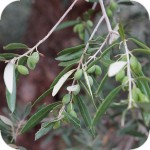
In the world of culinary products there is a small group of those for which the storage time is a beneficial factor that allows for greater nobility of taste. As a good example, we can mention wines that have matured for decades to please the palate of wealthy connoisseurs. Unfortunately, this rule does not apply to oil, whose properties and taste virtually from the moment the finished product is obtained are slowly degraded. It is worth asking yourself: how to store oil to slow down this aging process?
Komentarze
Pomocy
Moi drodzy, przepraszam że tutaj Ale to najświeższych post. 7 sierpnia wyjeżdżam na Kretę. Wszystko organizujemy sami, mam wszystko załatwione poza wypożyczalnią aut. Kolejne mailowe odpowiedzi z wypożyczalni dostaje z informacją ze nie mają dostępnych aut. Czy wiecie może jak to załatwić? Czy jechać na żywioł i coś znajdę na lotnisku? Trochę się spinam tym, wolę mieć wszystko ustalone
Wypełnij poniższy formularz aby dodać komentarz